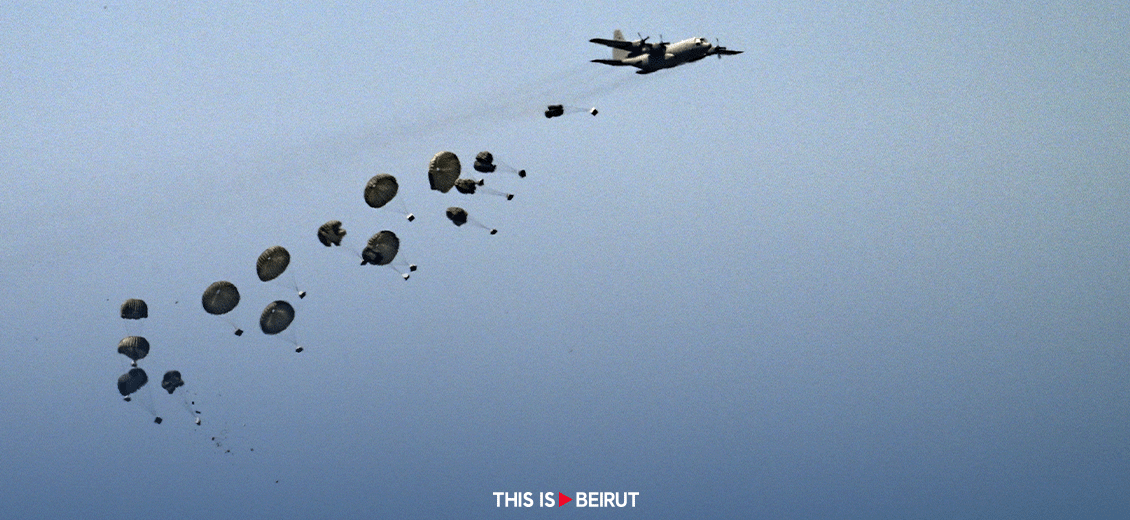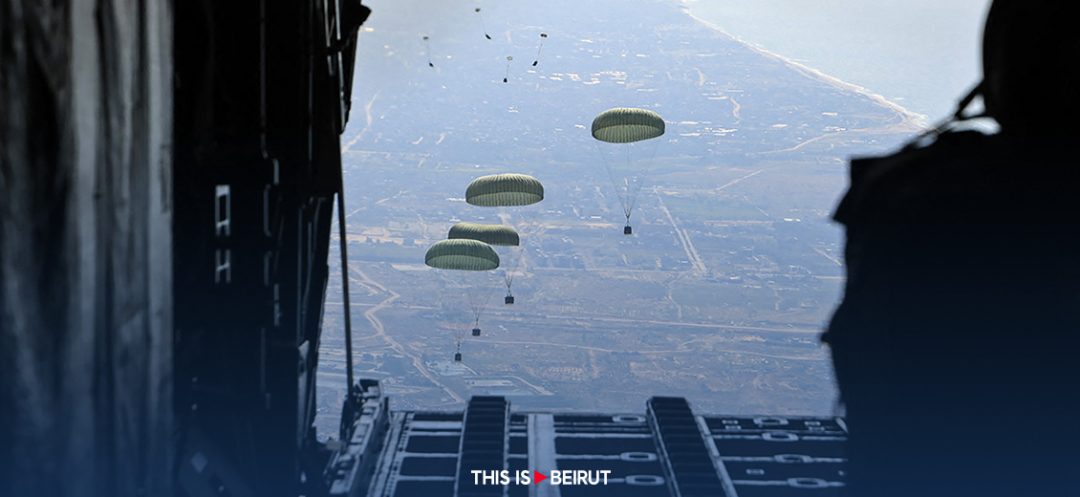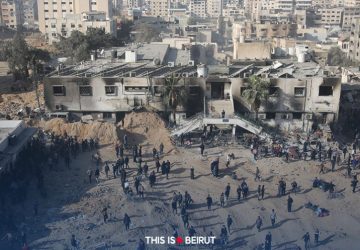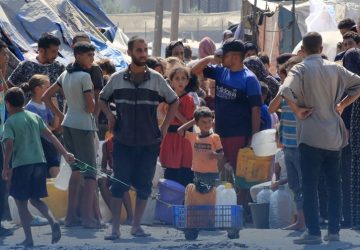The announcement, made on Friday by the Netanyahu government, of the opening of the Erez-Beit Hanoun border crossing aims to facilitate the entry of more humanitarian aid into the Gaza Strip. Here’s an overview of the primary ways of delivering aid to the enclave: by land, by air or by sea.
On Friday, April 5, Prime Minister Benjamin Netanyahu’s office announced a “temporary” delivery of aid to the Gaza Strip, following pressure from the United States. Notably, the Israeli announcement mainly includes the opening of the Erez-Beit Hanoun crossing point, situated on the northern border between Israel and the enclave.
Despite ongoing demands from the International Court of Justice (ICJ), Tel Aviv had previously been blocking the majority of humanitarian aid.
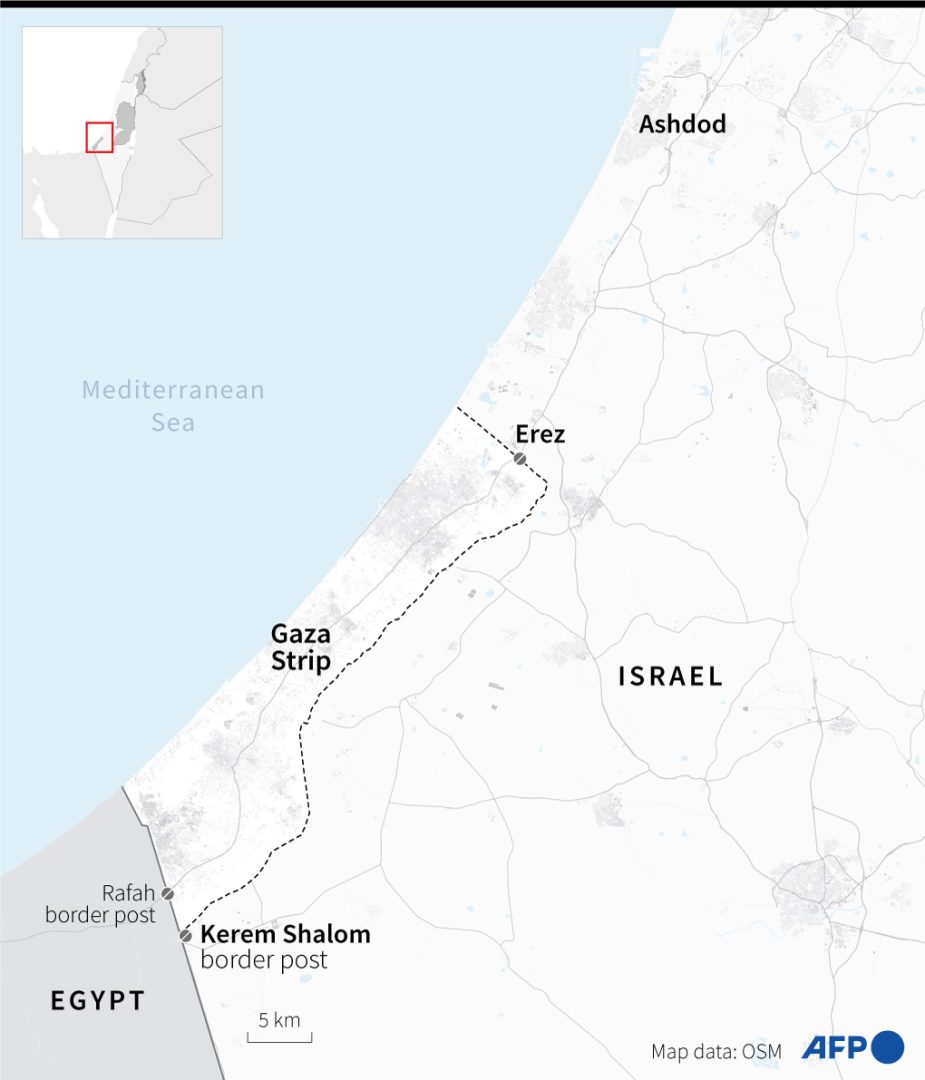 The Israeli government has been significantly hindering the efforts of humanitarian organizations on the ground, citing meticulous inspections of aid convoys as justification. The tragic deaths of seven workers from the NGO World Central Kitchen (WCK) in Israeli airstrikes on April 1 further highlights the risks faced by these organizations.
The Israeli government has been significantly hindering the efforts of humanitarian organizations on the ground, citing meticulous inspections of aid convoys as justification. The tragic deaths of seven workers from the NGO World Central Kitchen (WCK) in Israeli airstrikes on April 1 further highlights the risks faced by these organizations.
This move is aimed at facilitating the delivery of a larger quantity of aid to the 2.4 million besieged Gazans at risk of starvation. Furthermore, it increases the number of land crossings used for this purpose to three, thereby diversifying supply routes alongside maritime and aerial channels.
Erez-Beit Hanoun
The Erez-Beit Hanoun border crossing has remained closed since the initial attack by Hamas on October 7. Prior to this incident, it served as the primary entry point into the territory from Israel, as reported by the British media outlet The Guardian. Its reopening will facilitate the “temporary” delivery of aid through the Israeli port of Ashdod, approximately 40 km north of Gaza, directly to the northern part of the enclave.
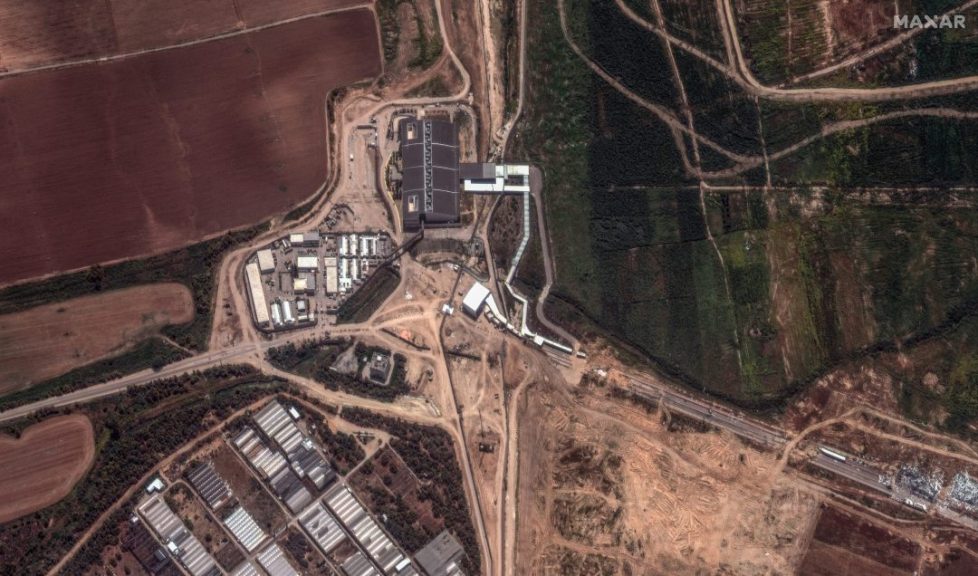
On Saturday, images shared by a Palestinian journalist and corroborated by Al-Jazeera showed three trucks — one transporting fuel and the other two carrying medicines — entering the northern part of the enclave via Erez-Beit Hanoun. These shipments were planned to be delivered to two hospitals located in the northern region of the enclave.
Rafah
Rafah, the only crossing-point between Egypt and Gaza, was closed by the Egyptian government on October 7, only to reopen two weeks later to allow humanitarian aid into the Palestinian enclave.
Moreover, this border crossing benefits from being close to El Arish airport, frequently used by various Arab countries and other ones for humanitarian aid deliveries. According to Egypt Today, this airport has facilitated the transportation of over 16,000 tons of aid.
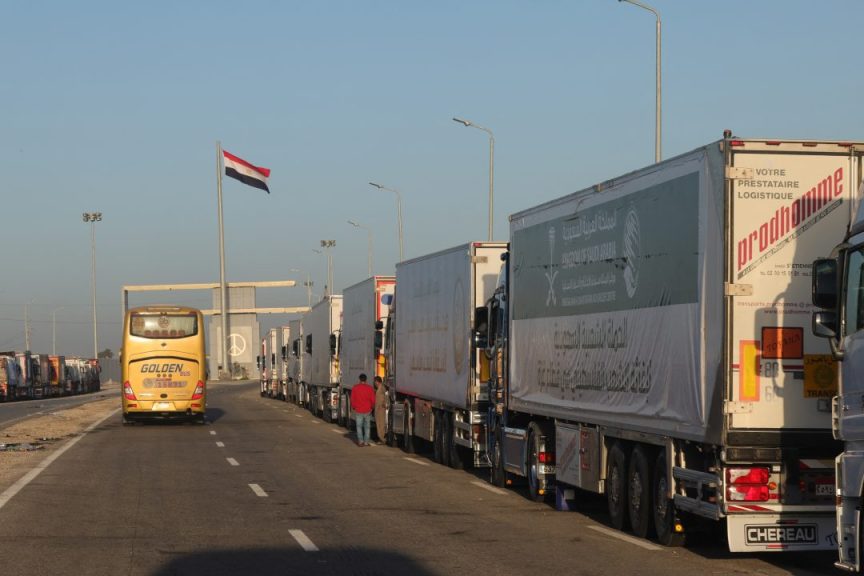
Rafah is under Egyptian control. However, in an interview with France 24 on November 3, 2023, researcher Lorenzo Navone, an expert in border issues and conflicts, noted that Israel holds a significant influence on this border point.
Navone further explained that Israel monitors all activities in the southern Gaza Strip from its military base in Kerem Shalom.
Kerem Shalom-Abu Salem
The Kerem Shalom-Abu Salem border crossing lies at the junction of Israel’s, Egypt’s and Gaza’s borders. Initially closed in the early months of the war, the Israeli government announced its reopening on December 17, 2023.
The objective: to allow the daily passage of 100 trucks, in addition to the 100 ones passing through Rafah. Since its reopening, Kerem Shalom-Abu Salem has gradually become the primary land entry point for humanitarian aid to Gaza, surpassing Rafah in this regard.
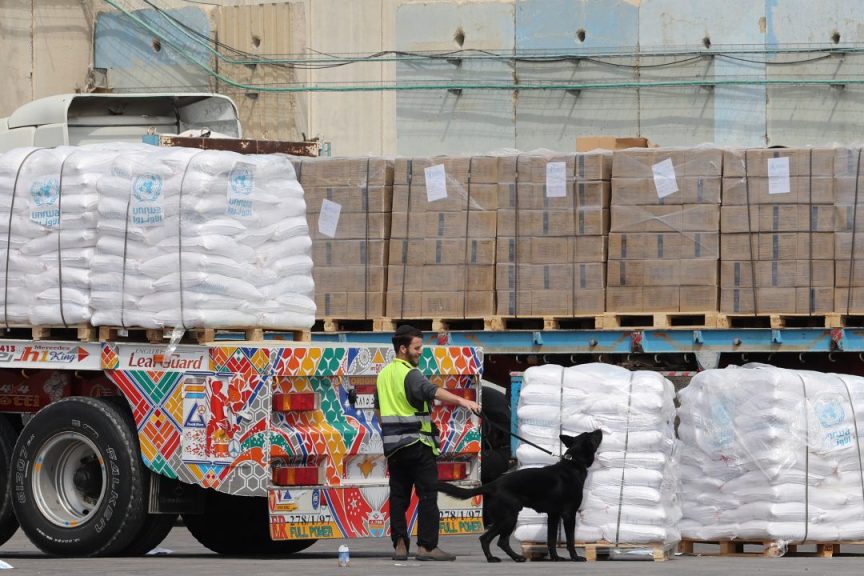
By contrast, out of the 245 aid trucks that entered the enclave on April 5, 186 passed through this border crossing, compared to 59 via Rafah, according to Egypt Today.
However, due to its location, the transportation of humanitarian aid through the Kerem Shalom-Abu Salem crossing has been frequently disrupted by Israeli protesters. They have repeatedly managed to interrupt the flow of aid by refusing transit through this border crossing and accusing Israel of helping its enemy and jeopardizing its own troops.
Airlift bridge
Since November 2023, the Jordanian Air Force has been regularly conducting humanitarian aid airdrops using its fleet of cargo planes, sometimes in collaboration with other countries. The frequency of these drops has been significantly increasing since last March, following the involvement of US forces.
While this strategy circumvents Israeli restrictions, it remains costly and limited capacity-wise.
Furthermore, in recent months, several incidents related to airdrops have had tragic consequences. The latest occurred on March 26, when a parachute drop resulted in the deaths of 18 people.
Maritime Front
Since March, serious consideration has been given to using the maritime front of the Gaza Strip to transport humanitarian aid. Several NGOs, spearheaded by the Spanish organization Open Arms in collaboration with WCK, have chartered ships from Cyprus to deliver aid to the enclave.
However, Israeli airstrikes targeting WCK on April 1 have significantly dampened the ambitions of organizations opting for the maritime route. Since then, all ships bound for Gaza have turned back.
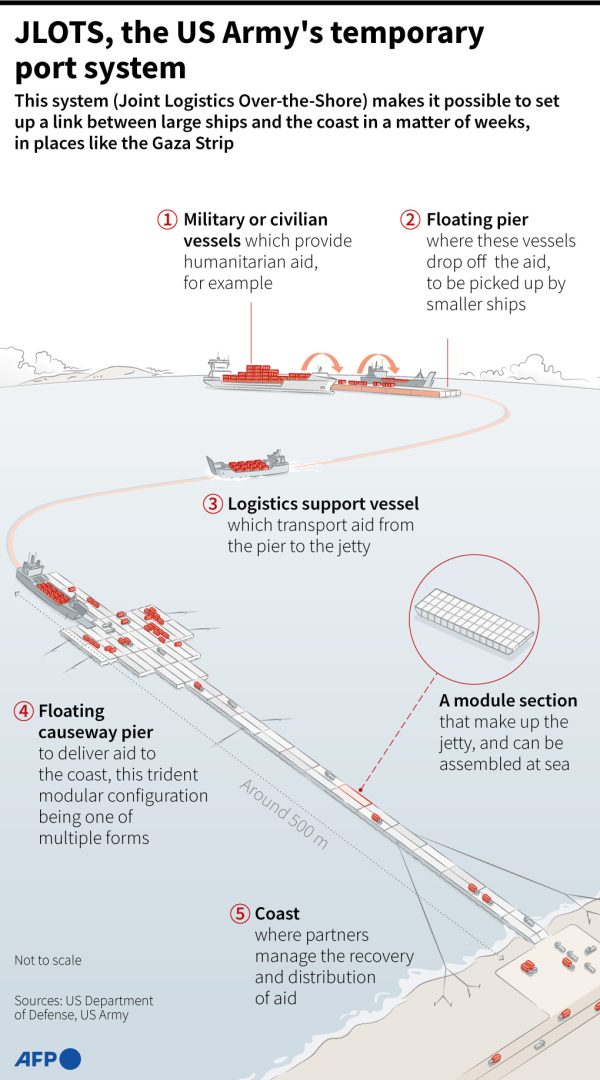 Meanwhile, the US military announced the deployment of a “temporary pier” off the coast of the Gaza Strip, aimed at facilitating the delivery of large volumes of humanitarian aid. Four specialized ships for this purpose are already en route to the enclave, expected to arrive by the end of the month.
Meanwhile, the US military announced the deployment of a “temporary pier” off the coast of the Gaza Strip, aimed at facilitating the delivery of large volumes of humanitarian aid. Four specialized ships for this purpose are already en route to the enclave, expected to arrive by the end of the month.
On the ground, Israeli engineering troops are leading the construction of this pier… built with debris resulting from the bombings, according to the Turkish agency Anadolu.

